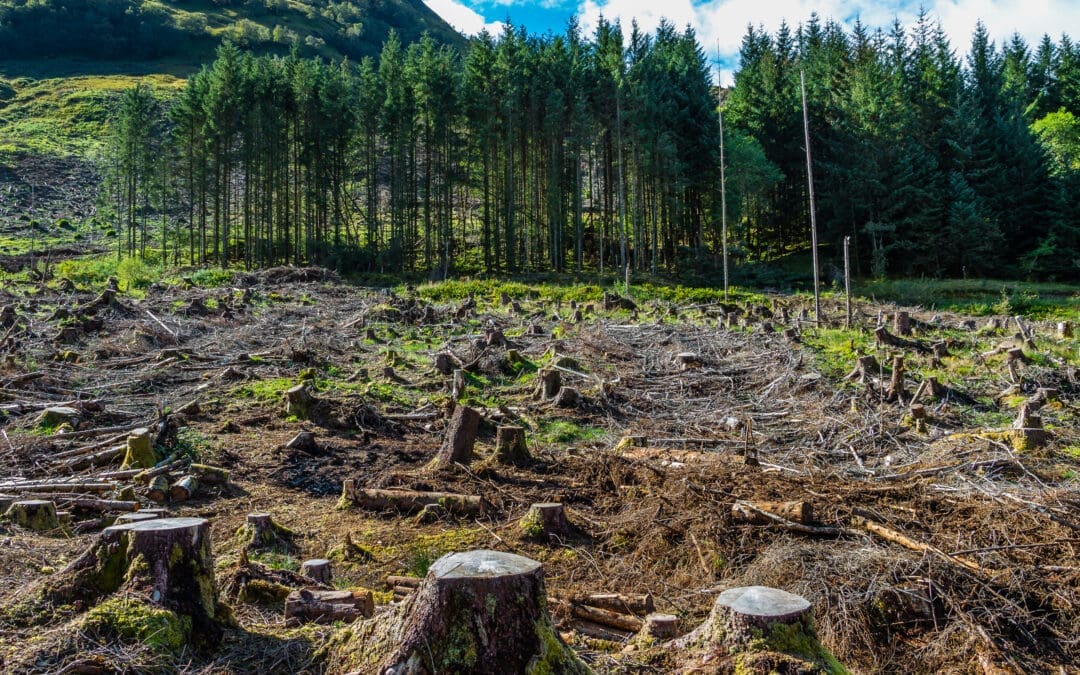For a business to meet its sustainability goals, it can’t look solely within its own four walls. To see truly impactful sustainability improvements in a company, suppliers need to be a top consideration, as their activities have an outsized impact on a company’s sustainability performance overall.
However, understanding exactly how to navigate sustainability with your suppliers can be challenging. Suppliers have their own processes and practices, and they aren’t always willing to change them on a whim. Understanding how to manage these relationships is key.
Ideally, by embedding new practices that advance your sustainability goals without completely disrupting your suppliers’ existing dynamics, you can have your cake and eat it, too. Here’s a quick guide to help you understand the best ways to manage expectations and create an effective sustainability improvement roadmap for your suppliers.
Prerequisites for Supplier Sustainability Improvement
Prior to working with suppliers on their sustainability practices, you’ll want to ensure you’ve laid the appropriate foundations, both internally and externally. Clear goals, process, and communication will go a long way toward making this exercise as seamless as possible.
Internally:
Ensure that you’ve created and aligned your internal sustainability goals and KPIs, you’ve created a baseline of supplier sustainability data and understand how it relates to your KPIs, and finally, that you know which areas you need to act on. Relevant functions within your company – procurement, sustainability, compliance, leadership – should be made well aware of these elements, and your supplier improvement program should have clearly articulated timelines, milestones, and expected outcomes.
Externally:
Ensure your goals and intentions have been communicated transparently with suppliers so that they understand how they may be impacted.
It should be clear that the spirit of the program is collaborative. Let suppliers know that they will be made aware of the outcomes of any data collection exercises. Remind them that barring the discovery of a serious issue, there are no “wrong” answers. Reiterate that as expectations continue to rise around corporate sustainability, participation in your initiatives creates value for their business as well.
Once you’ve covered all this, you can embark on improving supplier sustainability.
Driving Supplier Sustainability Improvement: The Dos and Don’ts
The Dos
Once you’ve collected the necessary data, there are a few considerations to think through before reporting and planning discussions about change. For instance, there’s no one-size-fits-all approach; every situation will be unique, so getting to know your suppliers is paramount.
Segment suppliers by issue, maturity, region, size, category, and key impacts. Once these factors have been duly assessed, you’ll be able to identify where weaknesses lie and how best to drive change. Focus on meeting suppliers where they are in their journey rather than forcing them to meet you.
Similarly, sharing and soliciting feedback is equally imperative to success. Highlight what is working in your relationship with your supplier and what, perhaps, is falling short. Suppliers are more likely to do the additional data collection work if you are willing to adjust to some of their needs as much as they are to yours. It’s a give-and-take relationship.
Josh Whitney from Anthesis summed it up well during a recent SupplyShift webinar on supplier engagement:
“I think the most successful programs start first with establishing policies as a matter of practice and a ‘requirement’ to share data and impacts and then use prioritization and preferential terms as a further incentive to motivate suppliers to take action.”
Note: your suppliers may not have the knowledge or tools required to give you the data you’re asking for, such as calculating greenhouse gas (GHG) emissions or addressing diversity, equity, and inclusion (DE&I) in their factories. They may also lack the resources to make the necessary changes at their facilities or take other corrective actions.
The Don’ts
Don’t expect full participation from the start. Like anything, this change will take time, effort, and trust. Also, we don’t recommend that you threaten to pull contracts or change business arrangements if the results are worse than you’re expecting. Of course, serious violations may call for drastic measures, but low-performing suppliers should generally be looked at as opportunities to strengthen business relationships and the performance of your supply chain overall.
Keep your eye on your goals and what you need to do to get you and your suppliers to meet them. Equally, avoid making requests without providing value in return. You will have to utilize open and honest communication to discover where your suppliers stand to start implementing change, and support will be invaluable.
Capacity Building and Adding Value
To see continuous change, it’s likely you’ll need to build capacity by providing the necessary tools, resources, and knowledge for implementing better sustainability practices. You could achieve this through e-learning, courses, financial incentives for good performance and reaching goals, virtual facility walkthroughs, and webinars—to name a small selection.
If you track progress over time and celebrate success, it incentivizes further achievements and goal setting. You could even create an awards program to assist with reporting and gamification of results. The possibilities are exciting, engaging, and ever evolving.
Ensure you take part in capacity-building activities regularly and not just as a one-off. This will help encourage your suppliers to mirror your endeavors, and you can work alongside them to develop the next steps to improve their own processes. For example, you could create a plan for how a particular supplier will reduce their emissions by 10% over the following year, perhaps by gradually implementing more renewable energy sources.
Of course, emerging tech tools can also help to streamline this process, showing you how your suppliers have improved their performance over time. If they’re available to you, make use of them.
Just remember, when driving change in the ways that your suppliers operate, you need to add value to this transition. If there’s little incentive, your suppliers are likely to drag their feet. Reaching sustainability goals will be a continuous evolution for both your company and its suppliers, so communication is vital.
Only by working through your prerequisites, collecting the relevant data, and assessing where you can add value and help build capacity will you be able to develop the necessary relationships to enhance your sustainability efforts. While this process is by no means an easy one, it is absolutely one that will add value to your business.



